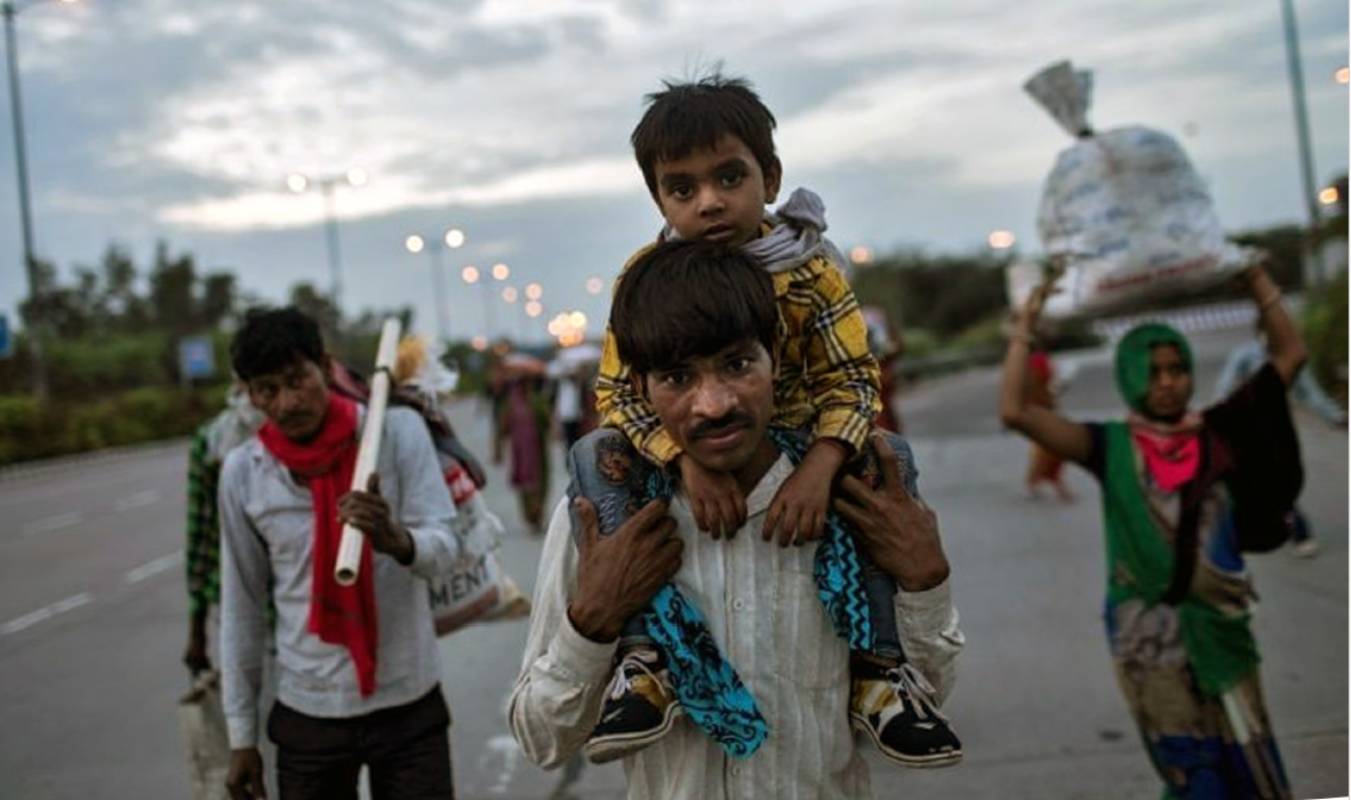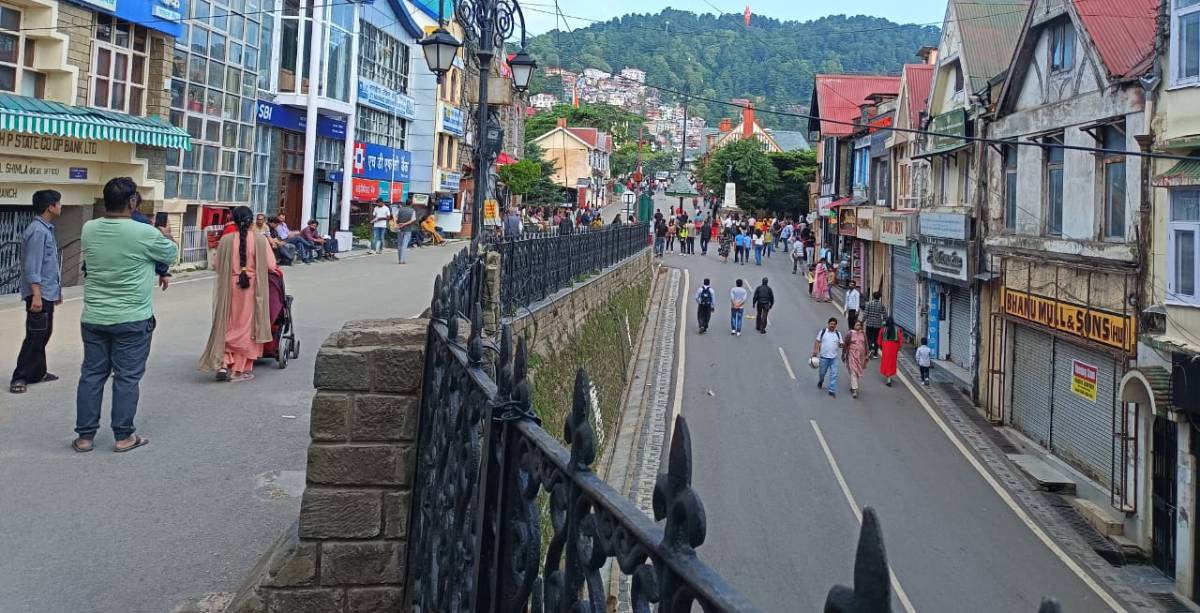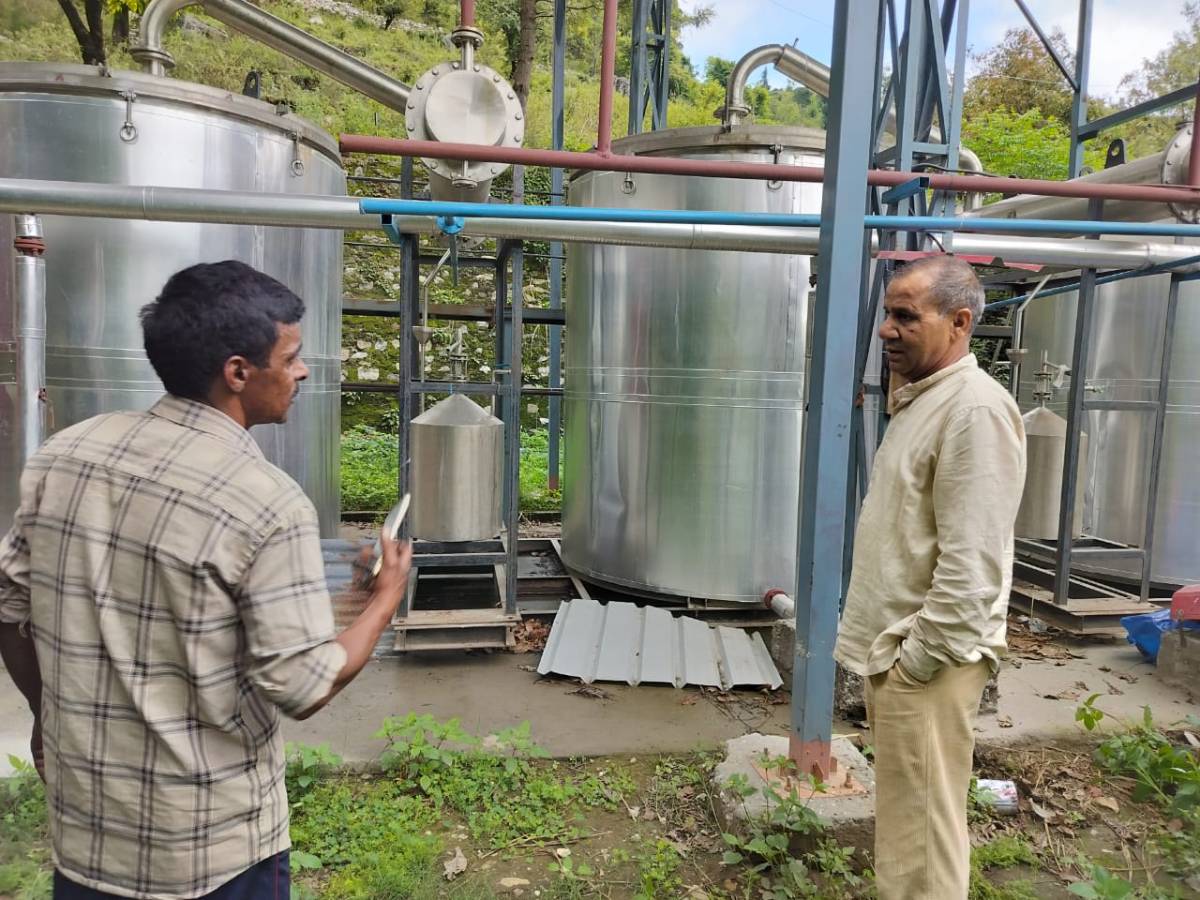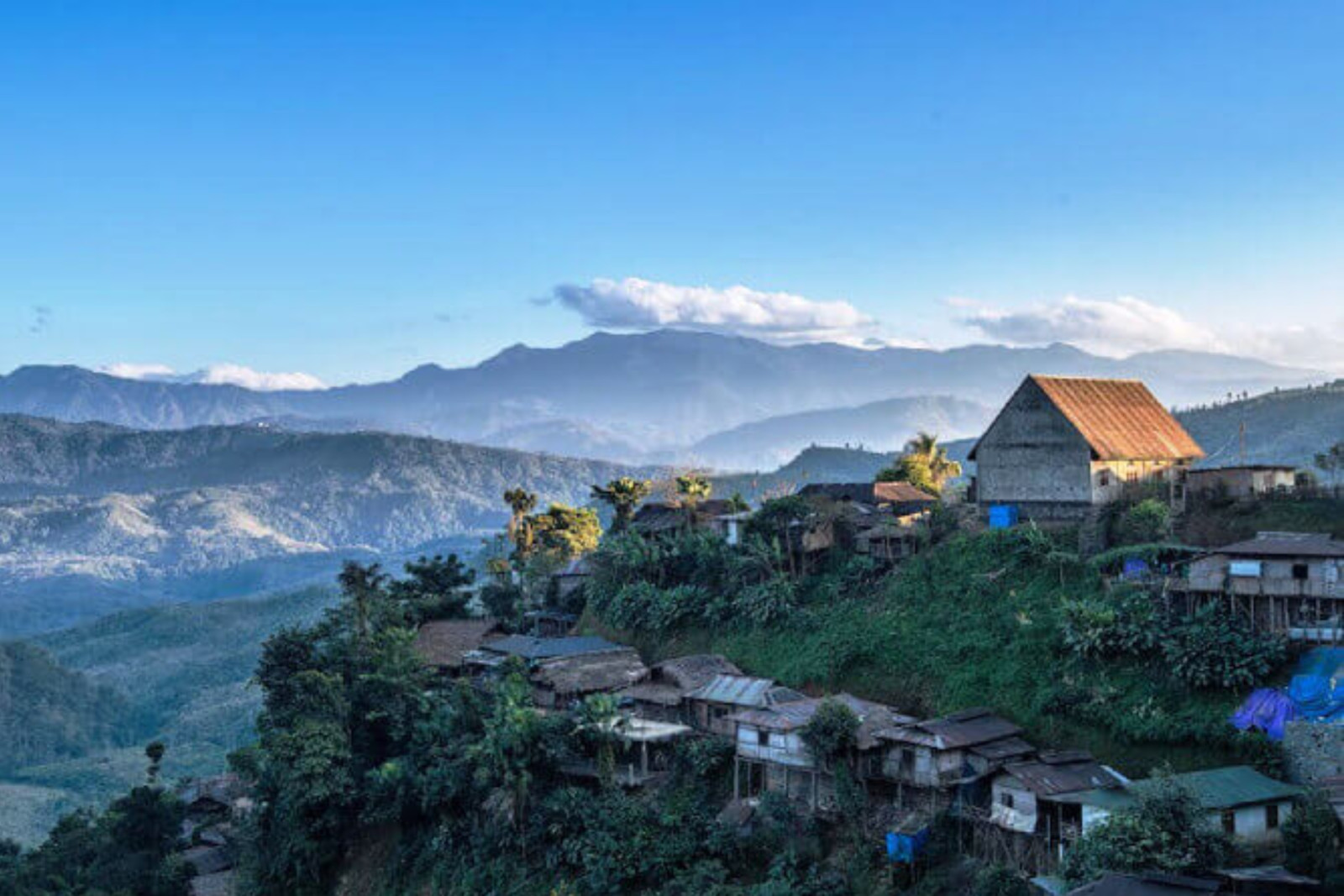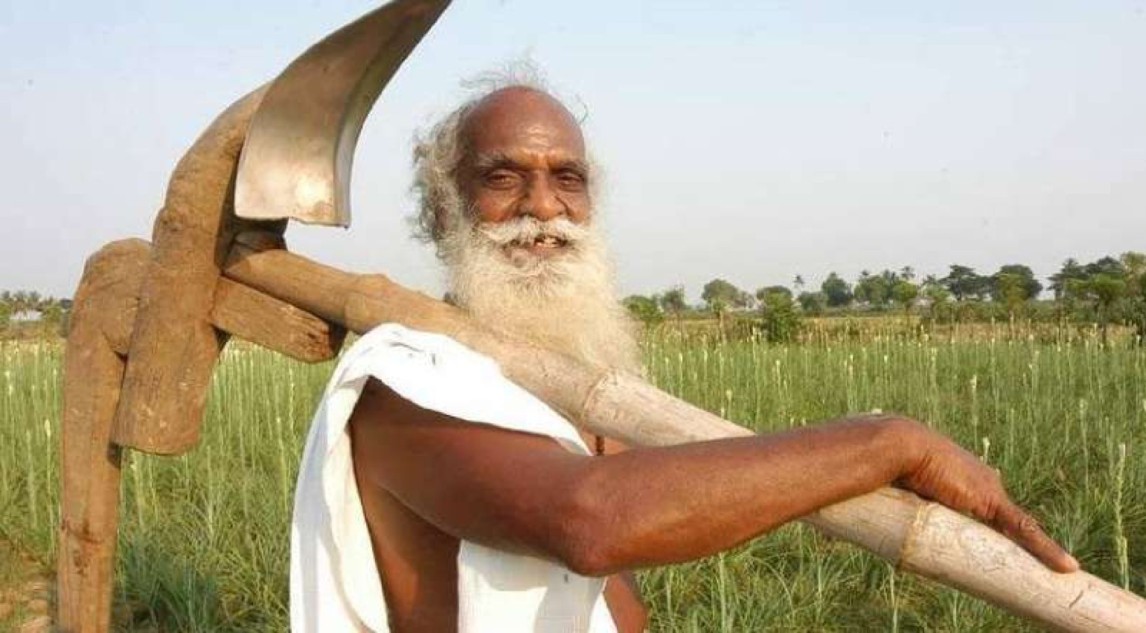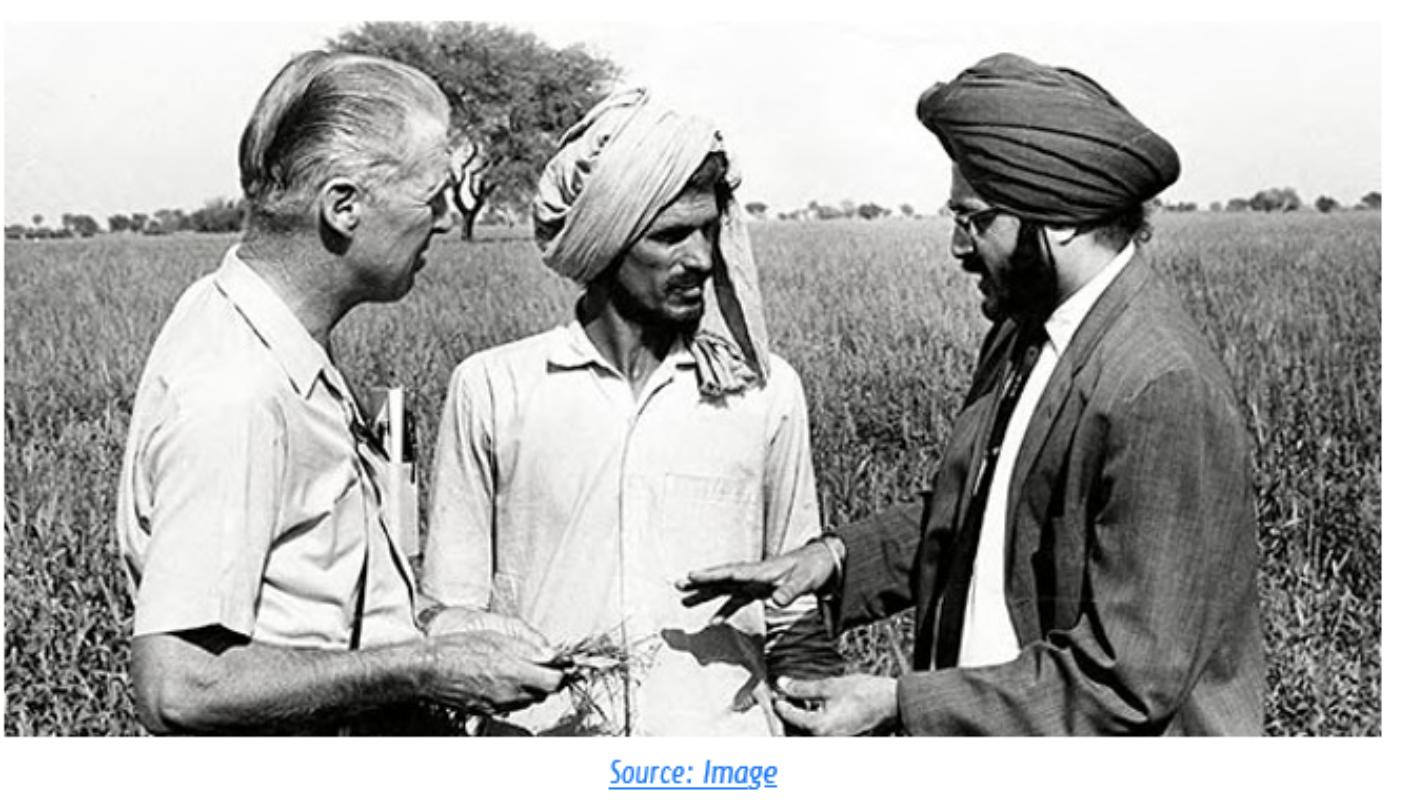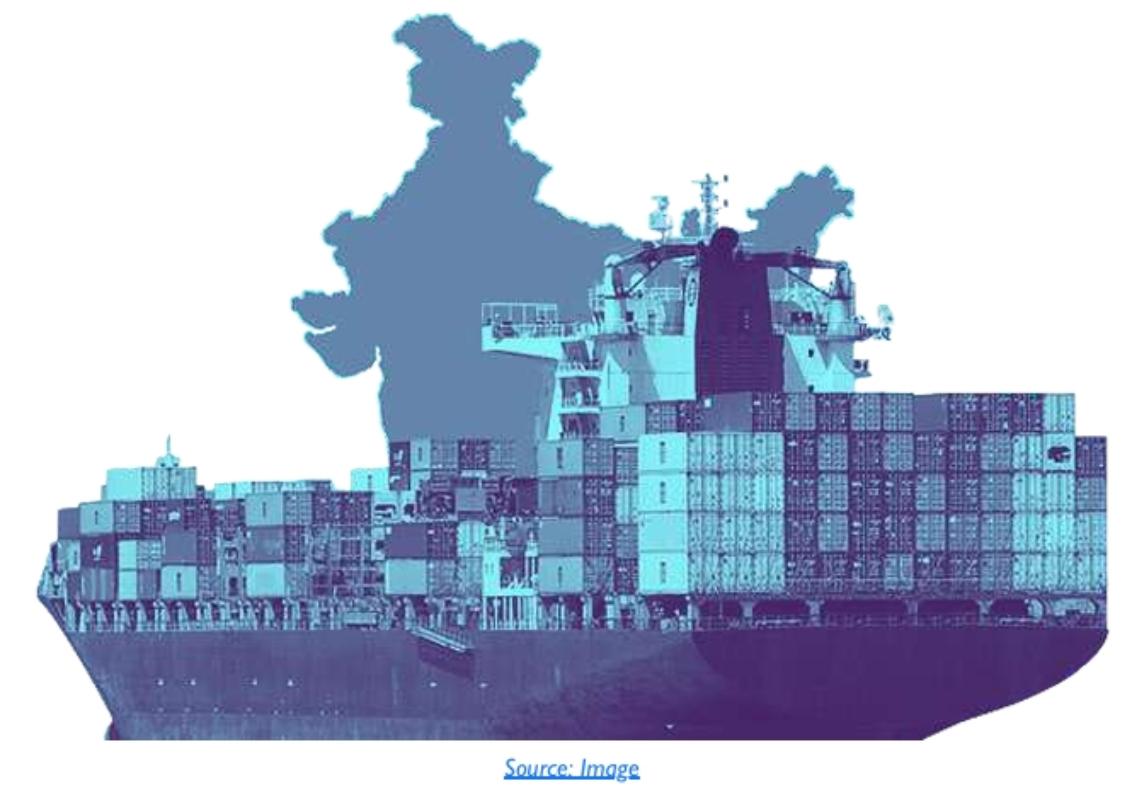Background
Covid 19 has brought migrant crises to the forefront. With announcement of lockdown, millions of migrant workers were struck in their host states. With no means to move out, an estimated 25 million walked back. Many hunger, accidental and exhaustion related deaths were also witnessed.
India has an estimated 45.36 crore internal migrants, which forms about 37% of Indian population as per 2011 census. This is inclusive of migrants between states and within states. 62% of the movement is within the district, 26% within the state and 12% is inter-state movement. Estimations of current inter-state migrants vary from 8 crores to 12 crores.
The internal migrants move in search of employment and were engaged as construction workers, daily wage labourers, street vendors, domestic workers in cities. About 50% of the inter-state migrants are from Uttar Pradesh, Bihar, Rajasthan and Bihar. 17 districts in India which includes states of Uttar Pradesh, Bihar and Odisha account for 25% of inter-state migration. Migrants always struggled in their destination states. However, the crisis of migrants became more visible with lockdown announcement.
The migrant crises also presents with an opportunity to look back at the immediate implications of the crises, draw lessons from the same and to develop a migrant inclusive policy in urban areas.
Implications
Loss of Trust
The news reports and field based studies indicate that the migrant population is losing trust in cities. A grievance that cities were not taking care of their needs at a time when they had no cash income, food and no means of transportation is emerging. A segment of the migrant population also suggests that they are not willing to come back to the cities. Studies by Stranded workers association network (SWAN), Azim Premzi University and Transform Rural India do indicate that about a quarter of migrant population are not willing to come back. The negative experiences of undergoing pain and suffering in their movement back to their villages and low support by administration is only going to contribute to this trust deficit. This is also reflected in protests by migrant workers in different parts of the country. A migrant workers resistance map developed to document migrant workers experiences show their distress over issues such as wage, food, returning home, shelter facilities and other issues.
Reduced Cash-Flows of Households
Cyclical migration had served the rural households to supplement their household income. They would use the income, partly to remit to their family in village, save and buy basic things for household. The rural households had resorted to migration as wage employment and livelihood opportunities in the villages were limited. Migration supplemented their income. Now with a segment of migrant population giving up future migration could mean that there could be reduction in cash flows among such households. This has further implications on overall well-being.
Weakening of Livelihood Base of Households
Migration formed a major source of income of the households. Recent experiences of migrants as well as situation of COVID will reduce rural urban cyclical migration in the coming years. This would have an effect on their livelihood status. With a major source of income reduced, overall livelihood base of migrant households are bound to weaken. Unless the livelihood base of households are strengthened, vulnerability of poor households are likely to increase.
Halt in Economic Activities in Urban Areas
Cities and urban areas owe their development to migrant population. Migrant population is engaged in economic activities such as construction, manufacturing, service sector jobs in urban areas. Any changes in reduction of flow of migrant population in urban areas could mean a halt in economic activities in cities and urban areas. Hence urban development activities itself could come to a standstill. It is expected that while migrant labour would still come to cities for their livelihoods, there could be reduced numbers.
Rural Distress and Reduction of Rural Wages
Migration reduces dependence and pressure on land for meeting household income needs in rural areas. Changes in migration patterns could mean, that there could be increased pressure on land. There would be higher availability of rural labour but limited land. Given the limited livelihood opportunities in rural areas and increased rural labour force availability could mean there could be reduction in rural wages. This has again an effect on cash flows of rural households and overall wellbeing.
Withdrawal from household Well-being Activities
Due to poverty deepening effects of households, it is believed that this would have a direct effect on household well-being. This may include sale of household assets, reduction of food and nutrition intake, withdrawal of children from school more particularly the female child and increased instances of child labour. There could also be increase in household indebtedness and increased dependency on informal sources of credit such as money lenders.
Lessons
Need for Addressing Immediate Needs of Migrants
Trust deficit among migrants has arisen as a result of failure in protecting migrants during the lockdown period. The loss of wages and income, shortage of food and feeding services and lack of provision of a means to move them back to villages was expected to be addressed. However, failure in meeting their food, cash and transportation means are the reasons for this loss of faith. Hence a need arises for addressing their immediate needs. Trust building measures are only possible through improving relief activities. The relief activities are to be improved within urban areas where migrant workers are stranded, in the highways where they are moving in millions and in the trains and bus journeys for those thousands who got opportunity to move back.
Need for Improving Relief
The relief work related to providing food, shelter, and cash to migrants was too huge. Most of the state machinery was not sufficiently prepared or equipped to handle the emerging situation. Civil society organizations did hugely contribute in providing food relief and reached out to migrants to meet their cash and medical needs. Shelters too were run at many places, which however could not house all the migrants. The relief activities did reach only a small section of those stranded in urban areas. But for those in transition and moving to their villages, relief hardly reached. This necessitates the need for strengthening relief services from destination centres to source centres covering all aspects of relief.
Facilitating Movement back to Villages
In a crises situation, the biggest felt need of migrants was to move back to their villages. However, the state priority to avoid situations of crowding had resulted in stoppage of transportation. Special trains (Shramik trains) to transport back workers were only introduced much later. By then a few millions of workers had started walking back to their villages. Due to issues such as levying of travel charges at extra price, lack of confidence among workers of getting their turn to travel back resulted in migrants resorting to walking. As on July 9, about 4,611 shramik trains operated and 6.3 million migrants were transported back. This was miniscule in comparison to over a 100 million migrant workers who were stranded.
Taking Care of Larger Migrant Needs
While covid had exposed the immediate migrant crises, migrants did always face challenges in urban areas. They lacked the means for a decent housing, food and nutrition security, water and sanitation facilities, proper health access, immunisation and education of children. Lacking an identity for proof of existence in urban areas due to temporal nature of residence in urban areas resulted in workers being denied the basic services.
Migrant Inclusive Policy
A migrant inclusive policy need to address their immediate, short, medium and long term needs.
Immediate relief
Food
Prominent economists such as Amartya Sen, Abhijeet Banerjee, Jean Dreze, Prabhat Patnaik, and Jayati Ghosh have indicated the need to distribute the surplus food available with Food Corporation of India (FCI) to the poor including migrants. While government is offering 5 kg rice per person for a period of three months, advocates argue for providing 10 kg rice per person for six months. Recently cabinet approved allocation of distribution of food grains for further five months till November 2020.
There are also suggestions to include pulses, oil, soaps, sanitiser, and sugar in the package.
At many places cooked food is being served to the migrant workers. State, Civil society organizations (CSOs) and Citizens groups are offering the same. These are offered at specified locations and times. Instances of migrants losing meals during scheduled times are common. Special food needs of pregnant and lactating mothers, infant children is not being met. There are also instances of insufficient meals (twice a day) and limited quantity being served.
To meet the need for serving cooked food, possibilities of engaging local self-help groups (SHGs) for preparing food, serving food beyond time limits, meeting the special needs of certain segments such as pregnant mothers and children, supplying food at doorsteps for those who are sick – aged could be explored. SHGs can be handed over the necessary food stocks such as cereals, pulses, oil and cash to purchase vegetables, milk (for infants and children). Cooked food could be supplied at doorstep to those who cannot reach food serving location. The ward members in the municipal corporation could ensure that SHGs receive the necessary stocks and serve.
Shelter
Shelter homes have been started for the migrant workers as part of the relief work. Apart from the existing ones, public spaces such as schools and private spaces such as lodges, hostels can be used to accommodate workers. The distribution of migrant workers across different locations is to avoid situation of overcrowding. Tents in open spaces such as stadiums, grounds, parks, army cantonments could also be explored if necessary.
Clean drinking water and water for domestic use such as washing and bathing is to be provided in all shelter locations. Water tanks are to be arranged where no water supply exists.
Cash
As part of cash relief, government has announced a cash relief of Rs. 500 per month for three months. However, this is insufficient to meet needs for food, water, transportation, communication etc. There has been suggestions to provide Rs. 7,000 to each migrant household for a period of three months. Economists such as Abjijieet Banerjee have suggested transfer of cash to 60% of India’s poor. There is a demand to extend the period of cash relief.
For welfare of some poor segments, about Rs. 1,000 per month is to be paid to widowers, poor citizens, disabled and senior citizens for a period of three months. However, there is need for advance payment of upto double this amount for a period of six months. Full entitlements are to be provided to all eligible mothers under Pradhan mantri mathru vandana yojana and Janani suraksha yojana.
Special Transport
Special trains named as shramik express were started to transport back workers to their home states. However, there was delayed action on this front. Due to the limited services for such trains as well as charges being levied, many of the migrant workers still continue to walk. This has also resulted in multiple accidents and hunger deaths on the way. Till July, about 300 migrants deaths had occurred due to starvation, exhaustion due to walking and road / train accidents.
The services of Shramik express needs to be increased both in terms of frequency and number of trains. If about 50 million migrant workers are to be transported back by Shramik trains, about 40,000 trips should have been operational. However, only about 4,600 trips were operational as on 9 July. The train delays in reaching home states caused inconvenience to the migrant workers. About 110 deaths were also reported in Shramik train or while stationed in stations following journey by Shramik trains. The number of Shramik train services needs to be substantially increased. These can be run from locations such as Mumbai, Delhi, Surat, Ahmedabad, Chennai, Hyderabad, Bangalore, Thirunvanthapuram etc. The transportation costs can be compensated from PM Care’s fund.
Services on Highways
There were large number of migrants who were already walking to their villages. Being exposed to hot summer, lacking water and food facilities and lack of spaces for taking rest, they were at a high risk of falling sick and vulnerable to accidents. There is need for having facilities which offer feeding, water provision and medical aid at a distance of every 50 kilometres. These shelters could be set by the respective block / gram panchayats in partnership with local NGOs and community based organizations (CBOs).
Short Term Relief
Livelihood Related
There is a likely chance of migration pattern reducing in the next 2 years. This necessitates the need for creating local employment and self-employment opportunities for wage employment in the coming years.
Migrant workers are largely dependent on wage employment. Due to low wage employment opportunities in their villages, they are forced to move out to urban areas in search of employment. To ensure their livelihood security, the suggestions which are emerging include the need for increasing MGNREGS wages and person days of employment. The number of days of employment under MGNREGS can be doubled. Currently the wages are fixed at Rs. 202 per day. This needs to be increased to Rs. 250. The economic activities to be taken up under MGNREGS need to be planned in a manner which help build long term livelihood assets of the community. There are also suggestions emerging for creating a replication of MGNREGS in urban areas also for meeting livelihood security needs of urban poor.
There is a need to give push towards local entrepreneurship. The number and size of micro-enterprise loans that can be provided to self-help groups can be increased. COVID has also provided opportunities for initiation of new forms of enterprises such as that of masks, sanitisers etc. Few SHGs can be identified for undertaking such activities and can be provided the technical know-how of doing it.
The loans to small borrowers needs to be increased. This is through changes in priority sector lending norms, micro-finance lending through SHGs and JLGs and interest regulations in a manner which offer flexibility to lend to poor. Loans for initiating micro-enterprises can be provided to migrant households either through SHG or non SHG route. Agri, agri-allied, horticulture based enterprises can be encouraged.
Producer collectives need to be strengthened. This necessitates increasing investments on Farmer producer organizations (FPOs) both for their capacity building and lending for taking up business operations. Increase in minimum support price (MSP) for crops are also suggested.
Skill programs which promote local employment & self-employment opportunities can be promoted.
Deepening and Widening Public Distribution System
Covid is likely to increase the proportion of poor in India. Due to loss of income, there is a likely chance of upper poor falling into extreme poor and low income into poor category. Studies by Transform Rural India show that to cope with the crises, households have started eating less and having lesser meals per day. This threatens the long term health of the workers. This situation necessitates the need for deepening and widening public distribution system to also cover new set of people.
Health, Safety and Hygiene Awareness
As COVID is going to stay for some-time, it might be necessary to develop new work practices which adhere to physical distance, hygiene and safety. Awareness programs in relation to hygiene and safety practices needs to provided, to rural and urban poor households, inclusive of migrants. The informal sector enterprises related to repairs & services, food & beverages, transportation, manufacturing etc. can be trained towards the same. The concept of physical distance, safety and hygiene practices can be built into the same.
Medium and Long Term
The migrants are characterised by informality of employment and living conditions. There is a need for bringing about decent work and living conditions. The challenges of migrants in urban areas need to be addressed.
Amendments to Inter-state Migrant Workmen (Regulation of Employment and Conditions of Service) Act, 1979
Currently India has Inter-state workmen act in place. This act intends to prevent exploitation of inter-state migrants by contractors and calls for ensuring fair and decent conditions of employment for the workmen. The act mandates registering of inter-state migrants and also the contractors who recruit such workmen to be licensed. Contractors are to provide details of workmen to state authorities and also fair wages similar to local workmen, displacement allowance, journey allowance and wages during the journey. Contractors are also expected to ensure regular payment, non-discrimination, providing accommodation, medical facilities and protective clothing for workmen. However, this act hasn’t been implemented in practice. While the act carries the intent, it lacks means for bringing it to action.
Contractors hardly provide such details to authorities and state does not have adequate mechanisms to ensure compliance with the spirit of the act. The factors associated with compliance costs and capacities of the authorities prevents in implementation of this legislation. Alternative mechanisms such as engaging community based organizations, workers associations, civil society organizations in taking up roles played by contractor in recruiting and placing labour and then negotiating with employers and state authorities for providing fair conditions of work can enable in improving systems for its implementation.
Many of the state governments have also come out with their own acts. The acts in Kerala and Maharashtra are considered to be the most migrant friendly. The Kerala act provides a registered migrant four benefits: accident/ medical care for up to `25,000; in case of death, `1 lakh to the family; children’s education allowance; and termination benefits of `25,000 after five years of work. When a worker dies, the welfare fund provides for the embalming of the body and air transportation. The central act can be amended integrating good practices in states. It can also include mechanisms which enable adherence to the act.
The central government can also come out with model advisories to be followed by central and state governments in relation to handling migrant issues at the state level.
Access to Membership Associations
Currently it is seen that migrants are hardly able to demand services in a city from urban local bodies, government and employers. Commentators point that migrant labourers are the most disenfranchised invisible citizens. It is necessary to improve their negotiating ability. Being part of the networks such as federation of migrant workers, workers unions, NGO formed networks can result in better ability to negotiate with state and urban local bodies and demand basic urban services.
Workers Housing Cooperatives
To promote decent housing among urban poor and migrants, workers housing cooperatives need to be promoted. These cooperatives can be funded by National cooperative housing federation, CSR funding, contribution by employers and workers associations. Two types of housing facilities can be built – for families (single room with kitchen), single male workers (dormitory type). There could be a common toilet for every four households. These houses can be maintained and run by the cooperatives. These houses would have municipal water connection. Rentals for houses could be similar to the ones currently prevailing. However, houses constructed through such workers housing cooperatives can provide better living conditions including for stay, water and sanitation facilities.
Sensitising the Employers, Officials and Local Citizens
Migrants undergo a harsh behaviour with the stakeholders. A pro-migrant environment cannot prevail unless the stakeholders with which migrants interact on a daily basis are not sensitised to the needs of migrants. Hence employers, officials and local citizens are to be sensitised of the migrant issues and challenges. Any rude behaviour against the migrants needed to be treated as a punishable offence.
Recognizing Basic Services as a Right
Basic services such as housing, water and sanitation, health and education need to be treated as a basic right. Migrants should be allowed to demand these services from urban local bodies. A thing which comes in the way of entitlement to such services includes the local proof of address. In many instances, if they have identity documents such as Aadhaar card, voter id, ration card, these are usually in village addresses. Local address proof does not exist. In such cases, a letter issued by employers or registered membership associations or worker facilitation centres need be treated as necessary proofs of local address.
Workers Facilitation Centres
Aajeevika Bureau has Shramik sahayata evam sandharab Kendras (3SKs), which work as workers service facilitation centres. These centres address the challenges faced by migrant workers on the ground. These could be related to counselling, accessing basic services and legal disputes if any. These centres can also network with other agencies such as NGOs, workers networks, government departments in facilitating access to services. Such worker facilitation centres can be established in major migrant clusters in cities.
PDS beyond Local Address Proof
Since many of the migrants stay for a longer duration of the year in their destination locations, they lose opportunity to access services such as public distribution system. In such cases, Aadhaar card or any other card along with village ration card in combination should be treated as proof and provided with rations even in urban areas. Recently ‘One nation, one ration card’ scheme has been announced. This will enable migrant workers and their family members to access PDS benefits from any fair price shop in the country.
Integrating Concept of Guest Workers
Kerala model is being hailed for the concept of ‘Guest workers’. A paradigm shift takes place when the word migrant workers are replaced with the changed word. Among the good practices include ‘guest workers’ enjoying rights similar to ‘local workers’. Among good practices seen in relief operations include preparation of food to cater to varied regional food habits (roti and sabji for guest workers from Uttar Pradesh, sattu for workers from Bihar, rice for others). Multiple languages are being used for information dissemination services and helpline services cater to lingual diversity. The services are available in Assamese, Odiya, Hindi and Bengali. This makes it easier for migrants across multiple regions and linguistic groups to seek redressal of their problems.
The state has also built hostels for migrant workers named as ‘Apna ghar’, where accommodation is rented at Rs. 850 per month. It also provides health and accident insurance for registered migrant workers. Wages for migrant workers do comply with minimum wage norms. Similar concept can be taken by other states too.
Conclusion
Migrant crises increased visibility of the challenges faced by them. However, it also presents with an opportunity to address these challenges in creating a more pro-poor and pro-migrant policies. A comprehensive set of strategies addressing their livelihood and living conditions can help. Addressing their immediate, short, medium and long term concerns may make migrant related welfare measures and urban policies more inclusive. It can be concluded through a quote from UNICEF and UNESCO report on internal migrants in India that “it is clear that there is an urgent need to develop a governance system for internal migration in India, i.e. a dedicated system of institutions, legal frameworks, mechanisms and practices aimed at supporting internal migration and protecting migrants.” Social protection which enables them better access to public distribution system (PDS), health services, education can bring about improvement in their situation.

